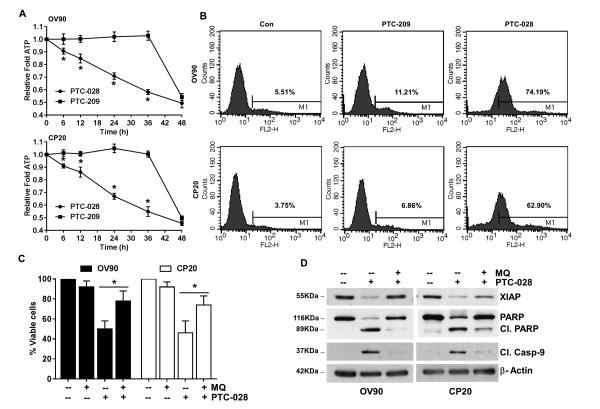Figure 4. PTC-028 mediated apoptosis is dependent on cellular ATP depletion and mitochondrial ROS.
(A) CP20 or OV90 cells were treated with PTC-028 at 100 nM or with PTC-209 at 200 nm for the indicated times and intracellular ATP levels determined and normalized with respective number of viable cells in each group. Data represent mean ± S.D. of three independent experiments performed in triplicate. *P<0.05 when comparing between each group at respective time point by a two-way ANOVA. (B) OV90 or CP20 cells were treated with 200 nm PTC-209 or 100 nM PTC-028 for 48 h followed by MitoSOX staining and analyzed by a FACS Calibur flow cytometer. A representative histogram depicting mean florescence intensity from three independent replicates is shown. (C) OV90 or CP20 cells were pre-treated with or without Mitoquinone (MQ) 10 μM for 3h followed by PTC-028 at 100 nM for 48 h. Cell viability was assessed by the MTS assay. Vehicle treated control cells were set to 100%. Data represent mean ± S.D. of three independent experiments performed in triplicate and *P<0.05 by a two-way ANOVA. (D) OV90 or CP20 cells were pre-treated with or without Mitoquinone at 10 μM for 3h followed by PTC-028 at 100 nM for 48 h. Expression of XIAP, PARP, cleaved caspase 9 and beta actin was determined by immunoblotting.

